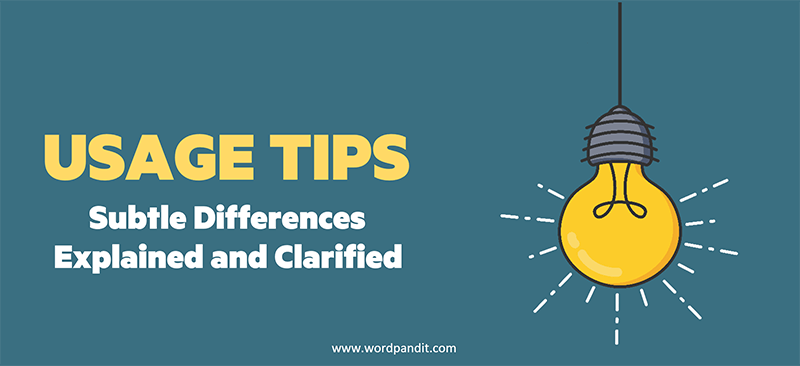Continual vs. Continuous: Understanding the Difference ✨📚
When it comes to words that seem almost identical, continual and continuous are prime examples. Both words relate to the idea of something happening repeatedly over time, which is why they’re often mixed up. 🤔 However, there’s an important distinction between them, and knowing this difference can help you express yourself more clearly and accurately. ✍️ This is particularly important in both written ✏️ and spoken 🗣️ communication, where small differences can significantly change the meaning. Let’s dive deeper 🔍 into what makes these words distinct and how you can use them effectively. 💡
Continual 🔄
Definition: Something that occurs frequently, but with intervals or breaks. It describes events that happen again and again 🔁 over time, but not in an uninterrupted manner. Unlike continuous, which implies no stopping ✋, continual allows for pauses between occurrences.
Pronunciation: /kən-ˈtin-yə-wəl/ 🗣️
Etymology: The word “continual” comes from the Latin 📜 “continuus,” which means “following one another without interruption.” Though the original meaning suggests continuity, in modern usage, continual implies that there may be gaps between occurrences. This evolution in meaning reflects how language adapts to the needs of communication. 🌍
Usage Examples:
— The continual noise 🔊 from the street made it difficult for her to focus. The noise would stop for a while and then start again, making it hard to concentrate. 🤯
— The continual meetings at work are exhausting 😫, but necessary. 📅 They happen often enough that they feel endless, but there are short breaks between them.
Synonyms & Antonyms:
Synonyms: repeated 🔁, recurring ♻️, intermittent ⏸️
Antonyms: sporadic 🌟, rare 🦄, infrequent 📉
Continuous ➡️
Definition: Something that happens without any interruption or break. Continuous describes an ongoing 🔄 process or event that does not pause. This word is often used when describing things that flow 🌊 or progress without any interruptions whatsoever.
Pronunciation: /kən-ˈtin-yə-wəs/ 🗣️
Etymology: Derived from the same Latin root 📜 “continuus,” but with a stronger emphasis on the “without interruption” aspect, continuous maintains the meaning of something ongoing without any breaks. This word has kept its original sense of unbroken continuity throughout its usage history. 📖
Usage Examples:
— The continuous hum of the air conditioner 🌬️ was oddly soothing. It never stopped, providing a constant background noise that helped to drown out other distractions. 😌
— The river flowed in a continuous stream, never pausing or changing its pace. 🌊 Its movement was smooth and unbroken, creating a sense of calm. 🌿
Synonyms & Antonyms:
Synonyms: uninterrupted 🚫🔄, unbroken 🛡️, constant 🕒
Antonyms: intermittent ⏸️, halting 🚧, sporadic 🌟
Comparison and Contrast ⚖️
The simplest way to distinguish between continual and continuous is to remember that continual involves breaks ⏸️, while continuous means something is unbroken 🔄. Imagine you are listening to a song 🎵. If it’s playing on repeat 🔁, but you have to press the play button each time—that’s continual. If the song plays on a loop without stopping, it’s continuous.
Another example could be a leaky faucet 🚰. If the faucet leaks now and then with pauses, it’s leaking continually. If it drips non-stop without any pauses, it’s leaking continuously.
Contextual Usage 📝
Continual: The continual rain showers over the week were annoying 😠, but at least they stopped sometimes. 🌦️ Here, the rain is described as frequent, but not unending. There were breaks between the showers, making it continual.
Continuous: The continuous rain during the storm didn’t let up for hours. 🌧️ In this case, the rain was unbroken and nonstop, making it continuous.
In the first sentence, the rain has pauses (continual), while in the second, the rain is non-stop (continuous). This subtle difference can make a big impact on how a situation is perceived, especially when it comes to weather 🌤️, activities 🏃, or any kind of recurring event. 🌟
Mnemonic Device 🧠
To remember the difference: Continual = “Comes Again and Again 🔁 with Intervals,” while Continuous = “Constant, No Stops 🚫✋.” Another way to remember is by thinking of continual as “countable occurrences with pauses” and continuous as “constant with no interruptions.” Associating these phrases with the meanings of the words can make it easier to recall them when you need to use them. 💡
Related Words 🔗
Other word pairs that can be confusing in a similar way include:
Historic vs. Historical: Historic refers to something important in history 🏆, while historical refers to anything related to history. 🏛️
Imply vs. Infer: Imply means to suggest something without saying it outright 💭, while infer means to deduce something from evidence. 🔍
Eminent vs. Imminent: Eminent refers to someone who is well-known ⭐ or respected, while imminent means something that is about to happen. ⏳
These word pairs often cause confusion because of their similar sounds 🔊 and related meanings, but learning their distinctions can significantly improve your communication skills. 💬
Conclusion ✅
Understanding the difference between continual and continuous can help you convey your thoughts more accurately, especially when describing time 🕒 and frequency 🔄. Remember, continual has breaks ⏸️, while continuous flows without stopping. This difference is important in many contexts, whether you’re talking about meetings 🏢, sounds 🔊, or natural events 🌿. By mastering these subtle distinctions, you enhance both your writing ✍️ and speaking abilities. 🗣️ Now that you’ve got it down, why not test yourself with the quiz below to reinforce your understanding? 🤓











